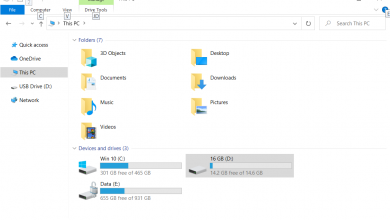How to Fix the Start PXE over IPv4
PXE Booting refers to booting a system over a network, where IPv4 means on an IPv4-based network.

This means that the PC is attempting to boot from PXE, which is usually the last resort when it comes to computers. This can also indicate that other boot devices, such as your hard disk, were not available to boot from at that time. There are several ways to solve this problem, so check out the article to find out more.
Solution 1: Enabling Your Boot Device
When an error like this one appears, it can sometimes reset certain settings related to the correct booting order, and you may need to add your hard disk as the default boot device once again. This process includes changing very important settings, so stay careful and follow the instructions properly.
- Turn on the computer and immediately press the Setup key repeatedly, about once every second, until the Computer Setup Utility opens. This key should be displayed on your PC as “Press __ to Run Setup.”
- Use the right arrow key to choose the Security menu, use the down arrow key to select Secure Boot Configuration, and press Enter.

- Before you can use this menu, a warning appears. Press F10 to continue to the Secure Boot Configuration menu.
- The Secure Boot Configuration menu opens.
- Use the down arrow key to select Secure Boot and use the right arrow key to modify the setting to Disabled.
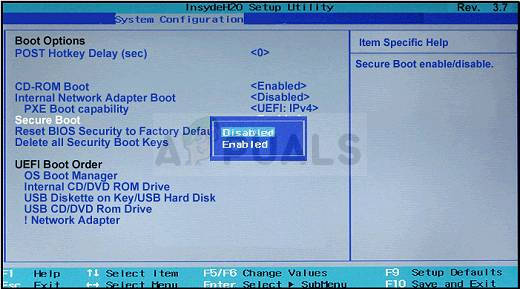
- Use the down arrow key to select Legacy Support, and then use the right arrow key to modify the setting to Enabled.
- Press F10 to accept the changes.
- Use the left arrow key to select the File menu, use the down arrow key to select Save Changes and Exit, then press Enter to select Yes.

- The Computer Setup Utility closes, and the computer restarts. When the computer has restarted, use the power button to turn the computer off.
If you are not sure how to boot from your hard drive again, you need to know just which option to select when the boot menu opens. It will ask you from which device you want to boot your computer. Follow the instructions below to boot from your hard disk drive easily.
- Press the power button to turn the computer on. As soon as the computer starts, a message appears indicating that the boot mode has changed.
- Type the four-digit code shown in the message, then press Enter to confirm the change.
NOTE: No text field displays for the code. This is expected behavior. When you type the numbers, the code is logged without a text field.
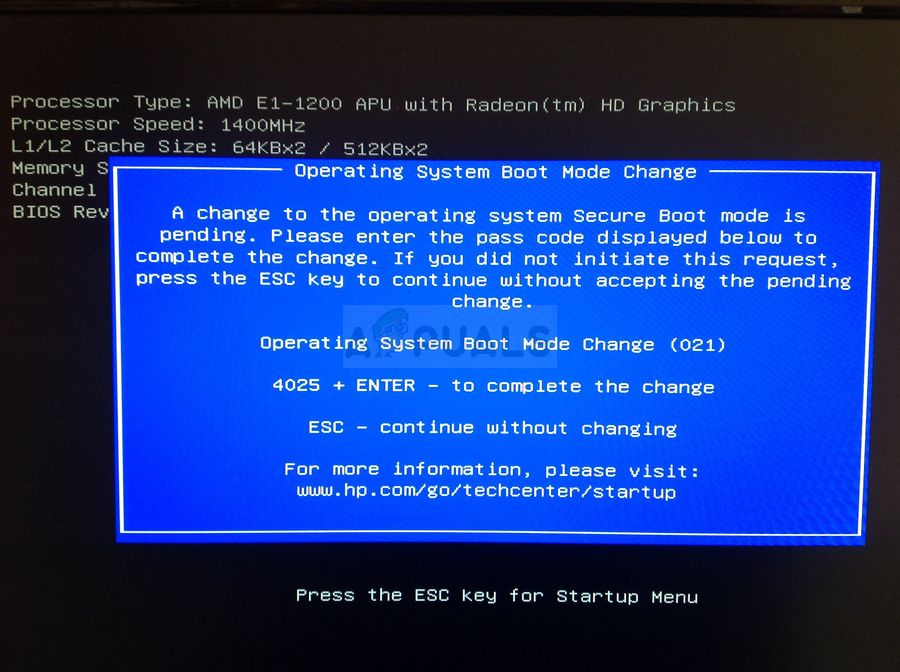
- Press the power button to turn off the computer, wait a few seconds, then turn on the computer and immediately press the Escape key repeatedly, about once every second, until the Startup menu opens.
- Press F9 to open the Boot Menu.
- Use the down arrow key to select your hard disk from the boot menu and make sure you choose it by pressing the Enter key. Restart your computer and check to see if the problem is solved.
Solution 2: Disable Wake on LAN in BIOS
Disabling this option has done wonders for people who weren’t successful with any other method. The method is quite easy to pull off if you are comfortable enough to boot into BIOS yourself, and you have proven you are if you tried the method above!
- Turn off your computer by going to the Start Menu >> Power Button >> Shut down.
- Turn your PC on again and enter BIOS by pressing the BIOS key while the system starts. The BIOS key is typically displayed on the boot screen, saying “Press ___ to enter Setup.” Common BIOS keys are F1, F2, Del, Esc, and F10. Note that you will have to be quick about it as the message disappears pretty fast.
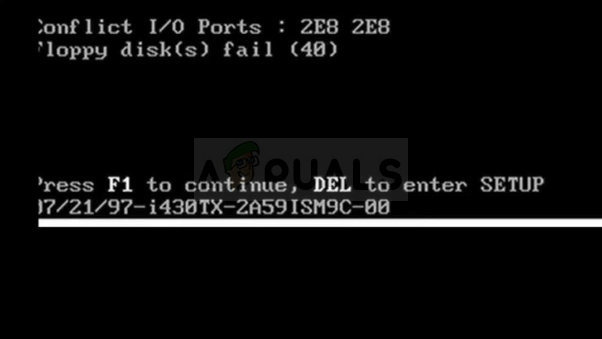
- The Wake on LAN option, which you will need to change, is located under different tabs on BIOS firmware tools made by different manufacturers. There is no unique way to find it. It is usually located under Power options or similarly named settings.
- When you locate the Wake-On-LAN option in any area of the BIOS settings screen, navigate to it and change its value to Disabled.
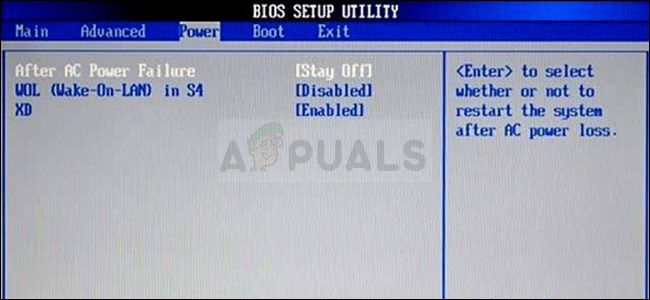
- Navigate to the Exit section and choose to Exit Saving Changes. This will proceed with the boot, so check to see if the error still appears.
Solution 3: Update BIOS
If there is something wrong with your computer’s BIOS, it’s hard to say that anything will be able to solve the problem except for a total update of BIOS. Updating BIOS can be an advanced process and the problem is that it varies significantly from manufacturer to manufacturer. That is why you must follow the steps carefully if you want to see results.
- Find out the current version of BIOS you have installed on your computer by typing “msinfo” in the Search bar in the Start menu.
- Locate the BIOS version just under your Processor model and copy or rewrite it to a text file or a piece of paper.
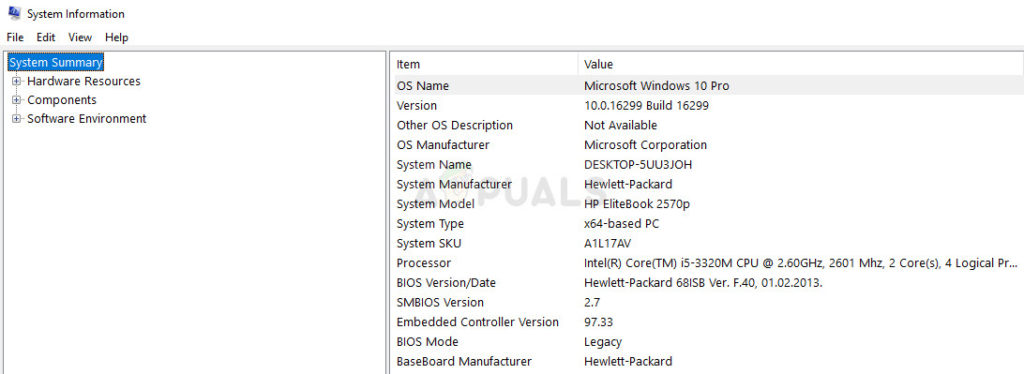
- Determine whether your computer was bundled, pre-built, or assembled manually by purchasing all components individually. This is important because you don’t want to use BIOS made for one component of your PC when it won’t apply to your other devices. Using the wrong BIOS can lead to major errors and system problems.
- Prepare your computer for the update. If you are updating your laptop, make sure its battery is fully charged and plug it in just in case. If you are updating a computer, it’s advisable to use an Uninterruptible Power Supply (UPS) to make sure your computer doesn’t turn off during the update because of a power outage.
- Follow the instructions we prepared for various desktop and laptop manufacturers such as Lenovo, Gateway, HP, Dell, and MSI.





